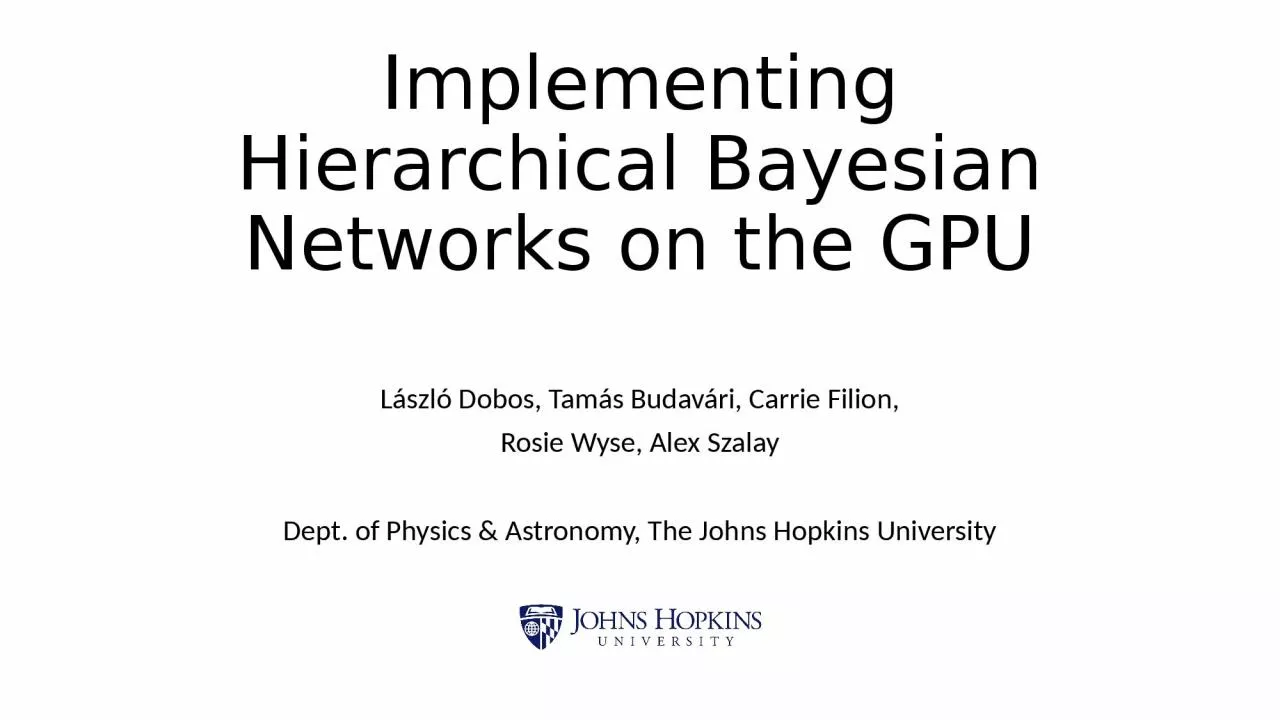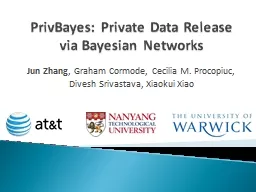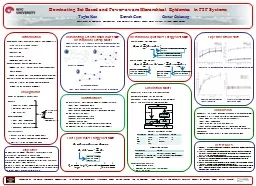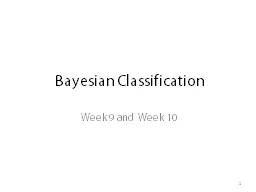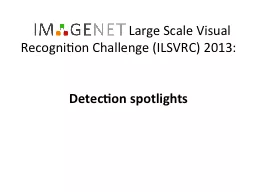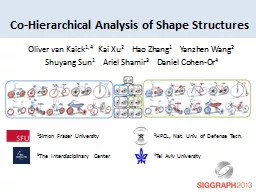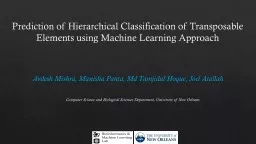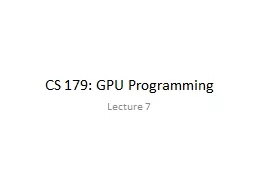PPT-Implementing Hierarchical Bayesian Networks on the GPU
Author : maisie | Published Date : 2024-02-16
László Dobos Tamás Budavári Carrie Filion Rosie Wyse Alex Szalay Dept of Physics amp Astronomy The Johns Hopkins University Subaru Prime Focus Spectrograph
Presentation Embed Code
Download Presentation
Download Presentation The PPT/PDF document "Implementing Hierarchical Bayesian Netwo..." is the property of its rightful owner. Permission is granted to download and print the materials on this website for personal, non-commercial use only, and to display it on your personal computer provided you do not modify the materials and that you retain all copyright notices contained in the materials. By downloading content from our website, you accept the terms of this agreement.
Implementing Hierarchical Bayesian Networks on the GPU: Transcript
Download Rules Of Document
"Implementing Hierarchical Bayesian Networks on the GPU"The content belongs to its owner. You may download and print it for personal use, without modification, and keep all copyright notices. By downloading, you agree to these terms.
Related Documents

